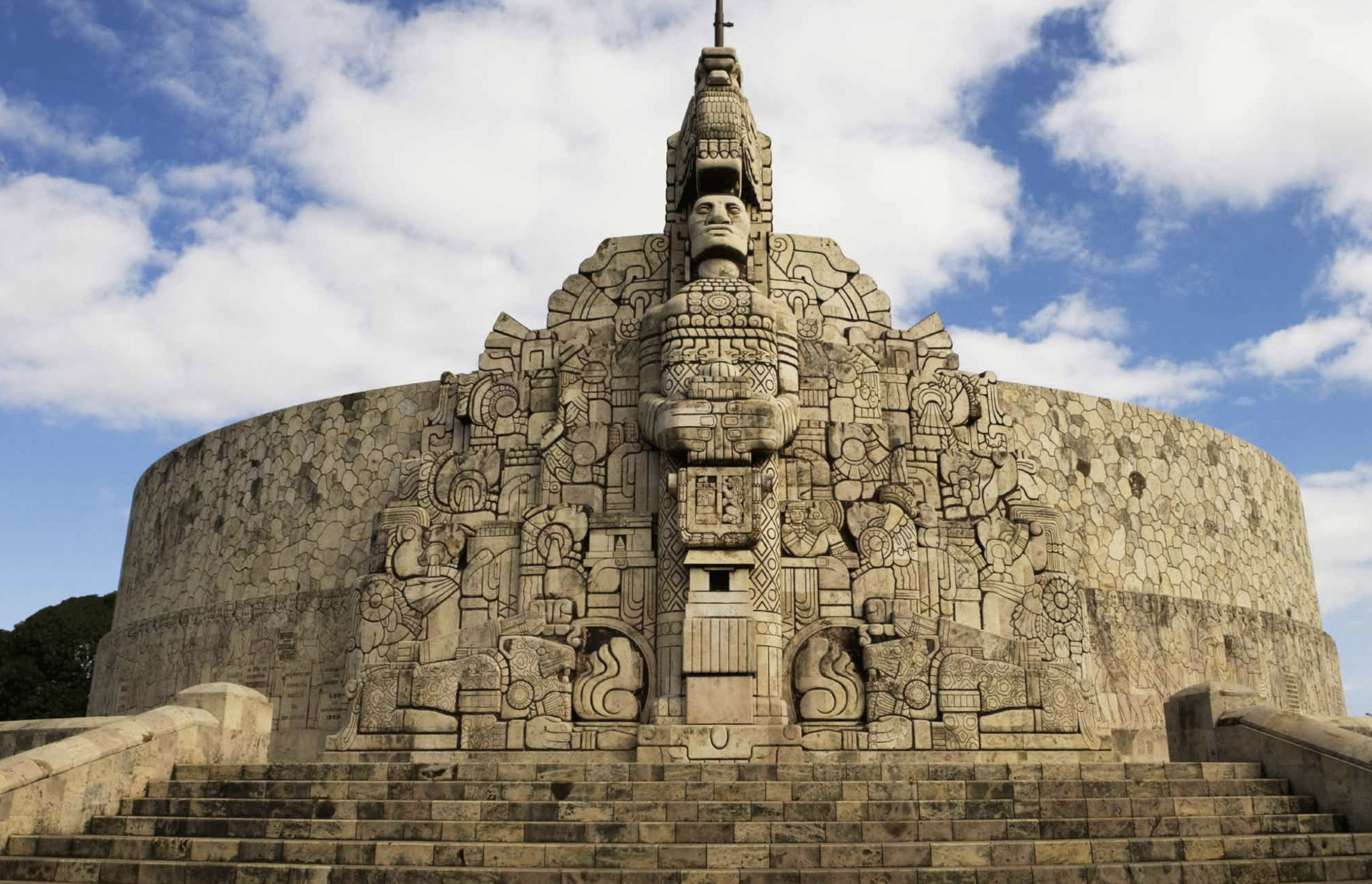It’s now been six weeks since I came back from my trip to the Yucatán Peninsula, and I miss the earthiness, hot climate, and bright colors of the fabrics, buildings, and surroundings. It was a true vacation and learning experience rolled into one. One really important thing I learned was that although the Mayan people live similarly to how they lived ten years ago, in that time, the government gave them money to rebuild their homes from mostly thatched-roof huts to low cement two-room homes. While the air circulation isn’t as good, the overall structures are much stronger. A few very kind people invited me into their homes, and they still sleep on hammocks at night, which they hang on a hook in the morning to make more space. I also saw a few television sets and satellite dishes, as well as laundry machines. I don’t think those existed in the villages until more recently. Some technology is seeping in, while many of the traditional ways of growing herbs and vegetables in plastic pots outside one’s home for food and medicinal purposes, caring for corn kernels to plant fields of corn, and in many cases, still relying on traditional wood-burning stoves or open fires, albeit in combination with modern appliances, continue. However, some Mayan people use gas stoves, and cooking methods vary significantly based on location, income, and cultural practices. Just as in other parts of the world, life is slowly changing.
I am so grateful I had the opportunity to travel on an individual tour with a local Mexican travel/tour agency, Rutopia, which I found through Kim Kim. While I was only there for four full days, it was wonderful. I had a terrific tour guide, Mario, who was quite informed about anthropology and spoke four languages. I stayed in a lovely downtown Mérida boutique hotel, and learned that next time I will travel to Miami first and then to Mérida rather than to Mexico City and then to Mérida, as I needed to make my way back a bit, which added another hour and a half to my flights to and from Mexico. I chalk it up to part of the whole adventure.
Mérida is a beautiful, safe, modern, and traditional city filled with many indoor and outdoor vendors. It is known for its cosmopolitan atmosphere with a lively cultural scene and historical past. Its architecture is primarily defined by its colonial history, and many buildings are made of white limestone. A number of the formerly mansion-sized homes have since been turned into hotels and important city buildings like the Department of Anthropology. Several of the other smaller homes have been bought by Americans, as many Mexicans have wanted to have more space, moving to the suburbs.
There is a beach community about an hour away that locals enjoy, traditional Mayan communities close by, where you can learn about Mayan foods, culture, and how they earn their livelihood, including by making and selling hammocks and jewelry, as well as growing much of their own food. A car ride out of town quickly gets you to an indoor/outdoor market where you can buy local produce, ready-made tostadas, and the flat corn grain used to make them. I had the opportunity to learn about the Mayan calendar and to experience a gorgeous cenote–a natural well formed when limestone bedrock collapses, exposing fresh water underneath. I also had the privilege of meeting a medicine man and a shaman and getting to see their ritual altars. It was an amazing experience, and I would love to go back in the future for my own sake and for the benefit of my prequel (working title) “Artifacts- A Novel,” which I am currently in the midst of writing.

Leave A Comment